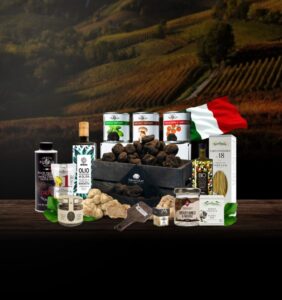
The Independent State of Samoa is an island nation in Polynesia in the Pacific Ocean, which is made up of a series of volcanic islands, some of which are still active. Samoa is famous for its waterfalls and natural swimming pools as well as its many traditional customs, for instance, tattooing. It’s also famous for switching driving sides and skipping a full day of the year. Intrigued? Here are some of the most interesting facts about Samoa.
7 Interesting Facts about Samoa
1. Samoa is in Polynesia
The official name of Samoa is the Independent State of Samoa, however, until 1997 its name was Western Samoa. It is located in the Polynesian region of the Pacific Ocean. Polynesia is a subregion of Oceania and comprises more than 1,000 islands in the central and southern parts of the Pacific Ocean. The six countries in Polynesia are New Zealand, Samoa, Solomon Islands, Tonga, Tuvalu, and Vanuatu. Samoa sits south of the equator, about halfway between Hawaii and New Zealand.

2. Samoa is an island nation
The island nation of Samoa comprises two main islands and eight smaller ones. The two large islands are Upolu and Savai’i and combined account for 99 per cent of Samoa’s total land area. The eight small islets make up the other 1 per cent. Three of the eight islets lie in the Apolima Strait. They are Manono Island, Apolima and Nu’ulopa. There are four Aleipata Islands that lie off the eastern end of Upolu. They are Nu’utele, Nu’ulua, Namua, and Fanuatapu. The final islet is tiny Nu’usafe’e, which lies about 1.4 km (0.87 mi) off the south coast of Upolu.

3. The capital city of Samoa is Apia
The largest Samoan island is Savai’i. It is the sixth-largest island in Polynesia after New Zealand’s North, South and Stewart Islands and the Hawaiian islands of Hawaiʻi and Maui. However, the majority of Samoans (over three-quarters of the population) live on the main island of Upolu, which is home to the capital city, Apia. The population of Samoa as of April 2022 is 200,795 and the population of the City of Apia is 37,391 (2016 census).

4. Germany once controlled Samoa
In 1899, Germany and the United States fought over the Samoan archipelago. A peace treaty saw the western islands going to Germany and the eastern islands to the Americans. The western islands became German Samoa and the eastern islands became American Samoa. In 1914, New Zealand seized control of German Samoa. From the end of World War I until 1962, New Zealand controlled Western Samoa. In 1961 Samoa gained independence, effective as of the 1st of January 1962.

5. Samoa skipped a full day of the year
Due to the east-west divide of the archipelago, there is a large time difference between Samoa and its closest neighbour, American Samoa. In 2011, to ease trade with Australia and New Zealand, Samoa moved west of the International Date Line. This means Samoa is exactly 24 hours ahead of American Samoa, which is located just 164 kilometres (102 miles) away. In order to facilitate this time change, Samoa skipped a full day by going from Thursday, the 29th of December 2011, straight to Saturday the 31st of December 2011. The country just skipped Friday the 30th of December.

6. Samoa switched from right- to left-hand driving
In 2009, Samoa officially switched from driving on the right-hand side of the road to driving on the left-hand side. The government made the switch to match Australia and New Zealand, as many expatriate Samoans live in those countries. It is also cheaper to import cars from Australia and New Zealand than from countries that drive on the right-hand side, for example, the United States of America.

7. Author Robert Louis Stevenson is buried in Samoa
Robert Louis Stevenson author of Treasure Island moved to Samoa in 1890 hoping that its tropical climate might alleviate his tuberculosis. He lived in a mansion at the foothills of Mount Vaea. When he died in 1894, he was buried at the summit of Mount Vaea overlooking the Pacific Ocean and his home. Today, his mansion is the Robert Louis Stevenson Museum.

The post 7 Interesting Facts about Samoa appeared first on Big 7 Travel.

